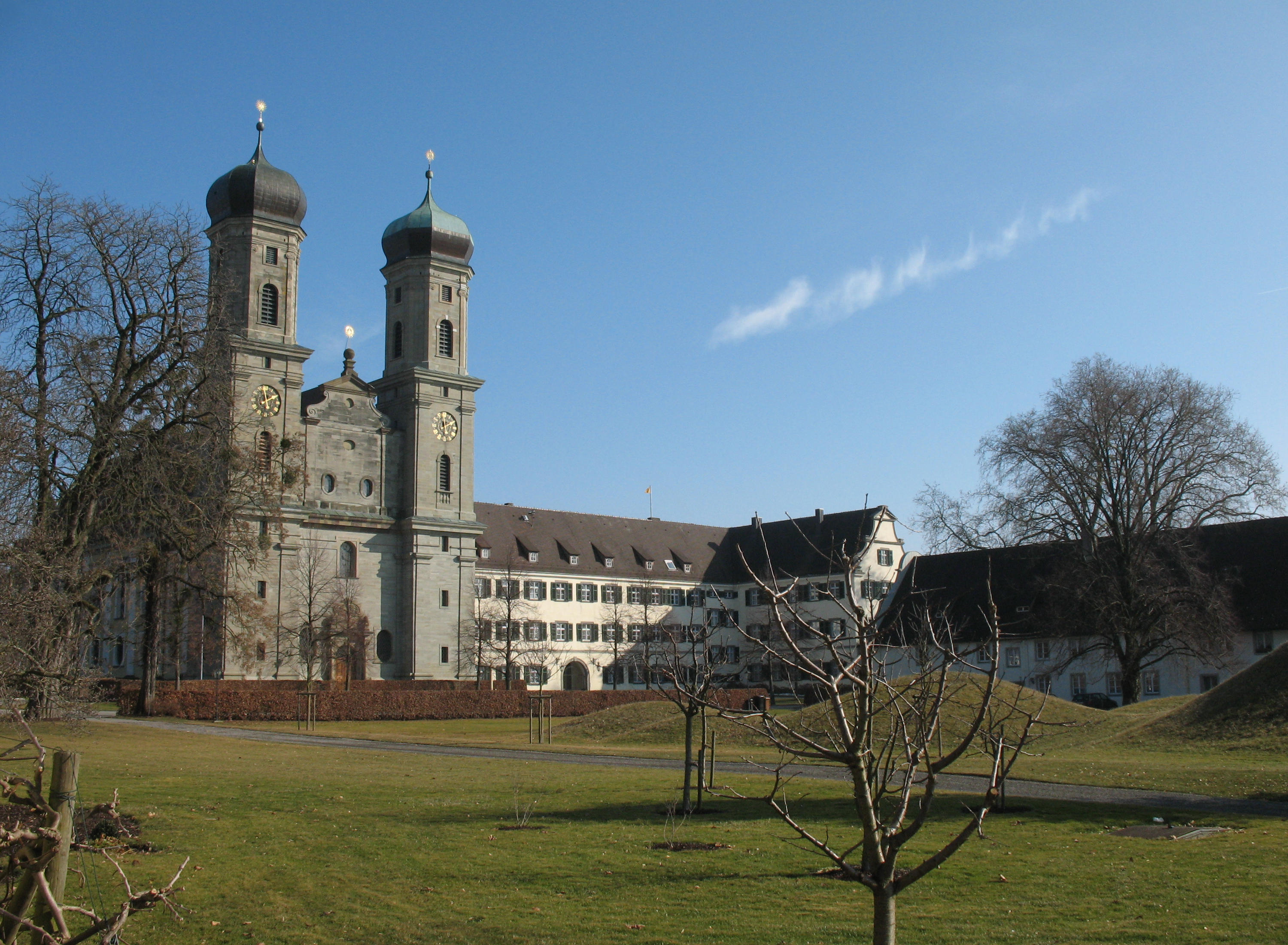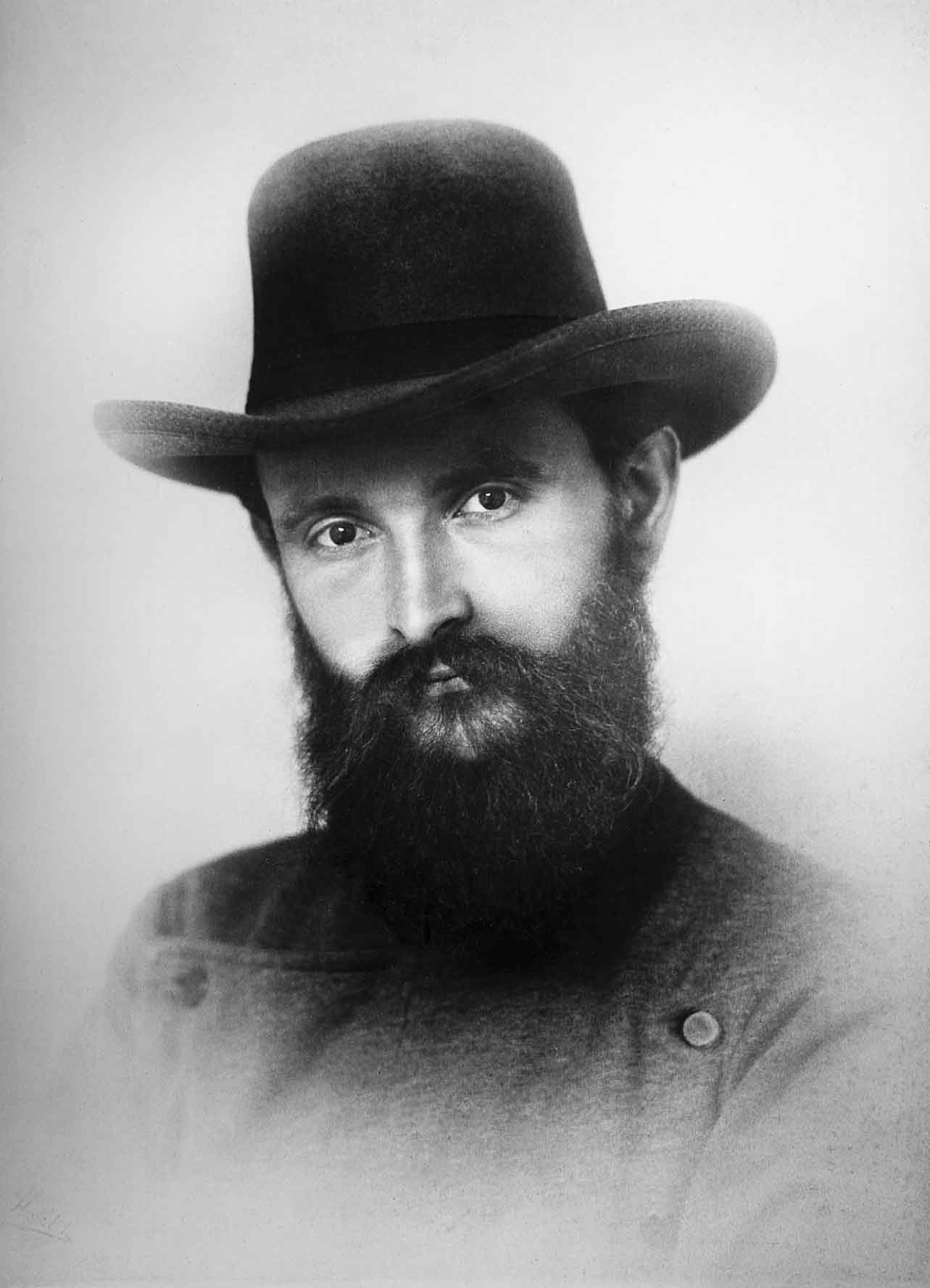|
Argus 70 Hp
The Argus 70 hp aircraft engine, aka Argus Type I (in common with the Argus 50 hp and not As I) from 1911 was a four-cylinder, water cooled inline engine built by the German Argus Motoren company. The engine also was license produced in France by Automobiles Rossel and sold in France under the brand names 'Aviatik' and 'Aviatic-Rossel' by Louis Clément, the local sales representative of the Automobil und Aviatik AG.Flugsport 1/1912, pp. 14–15 Design and development The Argus 70 hp engine had a bore and stroke of and was rated at 1,250 rpm.Angle, 1921, p. 49, listed as 'Type I with 70 hp' The engine design evolved from the earlier Argus 50 hp engines with the same bore and stroke, with the main change being the use of overhead valves instead of side valves. The engine can already be found in a 1911 brochure of the Automobil und Aviatik AG.''Aviatik-Flugzeuge'', 1911, pp. 18-20 (see also Krzyzan, Steinle; 1989, pp. 86-88) The engine cylinders were of cast iron, ... [...More Info...] [...Related Items...] OR: [Wikipedia] [Google] [Baidu] |
WikiProject Aircraft
A WikiProject, or Wikiproject, is a Wikimedia movement affinity group for contributors with shared goals. WikiProjects are prevalent within the largest wiki, Wikipedia, and exist to varying degrees within sister projects such as Wiktionary, Wikiquote, Wikidata, and Wikisource. They also exist in different languages, and translation of articles is a form of their collaboration. During the COVID-19 pandemic, CBS News noted the role of Wikipedia's WikiProject Medicine in maintaining the accuracy of articles related to the disease. Another WikiProject that has drawn attention is WikiProject Women Scientists, which was profiled by '' Smithsonian'' for its efforts to improve coverage of women scientists which the profile noted had "helped increase the number of female scientists on Wikipedia from around 1,600 to over 5,000". On Wikipedia Some Wikipedia WikiProjects are substantial enough to engage in cooperative activities with outside organizations relevant to the field at issue. For e ... [...More Info...] [...Related Items...] OR: [Wikipedia] [Google] [Baidu] |
Pushrods
A valvetrain or valve train is a mechanical system that controls the operation of the intake and exhaust valves in an internal combustion engine. The intake valves control the flow of air/fuel mixture (or air alone for direct-injected engines) into the combustion chamber, while the exhaust valves control the flow of spent exhaust gasses out of the combustion chamber once combustion is completed. Layout The valvetrain layout is largely dependent on the location of the camshaft. The common valvetrain configurations for piston engines - in order from oldest to newest - are: * Flathead engine: The camshaft and the valves are located in the engine block below the combustion chamber. * Overhead valve engine: The camshaft remains in the block, however the valves are located in the cylinder head above the combustion chamber. * Overhead camshaft engine: The valves and camshaft(s) are in the cylinder head above the combustion chamber. Components The valvetrain consists of all the compo ... [...More Info...] [...Related Items...] OR: [Wikipedia] [Google] [Baidu] |
List Of Aircraft Engines
This is an alphabetical list of aircraft engines by manufacturer. 0–9 2si *2si 215 *2si 230 * 2si 430 * 2si 460 *2si 500 * 2si 540 * 2si 690 3W ''Source: RMV'' *3W 106iB2 *3W-110 *3W-112 *3W-170 *3W-210 *3W-220 A Abadal (Francisco Serramalera Abadal) *Abadal Y-12 350/400 hp ABC ''Source: Lumsden.'' * ABC 8 hp * ABC 30hp V-4 * ABC 45hp V-6 * ABC 60hp V-8 * ABC 85hp V-6 * ABC 100hp V-8 * ABC 115 hp * ABC 170hp V-12 * ABC 225hp V-16 *ABC Dragonfly *ABC Gadfly *ABC Gnat *ABC Hornet * ABC Mosquito *ABC Scorpion *ABC Wasp *ABC type 10 APU *ABC type 11 APU ABECO ''Source: RMV'' *ABECO GEM Aberg ''Source: RMV'' *Type Sklenar ABLE ''Source: RMV'', Able Experimental Aircraft Engine Co. (Able Experimental Aircraft Engine Co., Altimizer, Hoverhawk (US)) *ABLE 2275 *ABLE 2500 *ABLE VW x 2 Geared Drive Accurate Automation Corp *Accurate Automation AT-1500 *Accurate Automation AT-1700 Ace (Ace American Engr Corp, Horace Keane Aeroplane Co, North Beac ... [...More Info...] [...Related Items...] OR: [Wikipedia] [Google] [Baidu] |
Overhead Valve Engine
An overhead valve (OHV) engine, sometimes called a ''pushrod engine'', is a piston engine whose valves are located in the cylinder head above the combustion chamber. This contrasts with earlier flathead engines, where the valves were located below the combustion chamber in the engine block. Although an overhead camshaft (OHC) engine also has overhead valves, the common usage of the term "overhead valve engine" is limited to engines where the camshaft is located in the engine block. In these traditional OHV engines, the motion of the camshaft is transferred using pushrods (hence the term "pushrod engine") and rocker arms to operate the valves at the top of the engine. Some early intake-over-exhaust engines used a hybrid design combining elements of both side-valves and overhead valves. History Predecessors The first internal combustion engines were based on steam engines and therefore used slide valves. This was the case for the first Otto engine, which was first succe ... [...More Info...] [...Related Items...] OR: [Wikipedia] [Google] [Baidu] |
Cam-in-block
{{set index ...
A cam-in-block engine is where the camshaft is located in the engine block. Types of cam-in-block engines are: * F-Head Engine * Flathead engine * Overhead valve engine (the only type where the valves are above the combustion chamber) * T-head engine A T-head engine is an early type of internal combustion engine that became obsolete after World War I. It is a sidevalve engine that is distinguished from the much more common L-head by its placement of the valves. The intake valves are on one ... [...More Info...] [...Related Items...] OR: [Wikipedia] [Google] [Baidu] |
Friedrichshafen FF
Friedrichshafen ( or ; Low Alemannic: ''Hafe'' or ''Fridrichshafe'') is a city on the northern shoreline of Lake Constance (the ''Bodensee'') in Southern Germany, near the borders of both Switzerland and Austria. It is the district capital (''Kreisstadt'') of the Bodensee district in the federal state of Baden-Württemberg. Friedrichshafen has a population of about 58,000. History 19th and early 20th century Friedrichshafen was established in 1811 as part of the new Kingdom of Württemberg, an ally of France during the Napoleonic Wars. It was named for King Frederick I of Württemberg, who privileged it as a free port and transshipment point for the kingdom's Swiss trade. Friedrichshafen was created from the former city of Buchhorn, whose coat of arms it adopted. The new city also incorporated the former village of Hofen, whose monastery was refurbished to serve as the summer residence of the Württemberger kings. King William I continued improving the city, including the purch ... [...More Info...] [...Related Items...] OR: [Wikipedia] [Google] [Baidu] |
Kaiserpreis For Aircraft Engines
The Kaiserpreis for aircraft engines, or more precisely Kaiserpreis für den besten deutschen Flugzeugmotor (german: Emperor's Prize for the best German aircraft engine), was an aircraft engine competition endowed by Emperor Wilhelm II with 50,000 Mark in 1912. The price money was supplemented to a total of 125,000 Mark by various institutions of the German Empire and the Prussian State.Bendemann. 1912. p. 281 The prize was awarded in 1913 to the Benz FX four-cylinder engine produced by Benz & Cie., Rheinische Automobil- und Motorenfabrik AG, Mannheim. History On 27 January 1912, his birthday, Emperor Wilhelm II enacted that on his next birthday a prize money of 50,000 Mark should be paid to the manufacturer, whose engine had been ruled the best German aircraft engine after a trial. The initiative for this engine contest originated at his brother Prince Henry of Prussia, and Emperor Wilhelm II endowed the prize with his private money. Various institutions of the German Em ... [...More Info...] [...Related Items...] OR: [Wikipedia] [Google] [Baidu] |
Splash Lubrication
Splash lubrication is a rudimentary form of lubrication found in early engines. Such engines could be external combustion engines (such as stationary steam engines), or internal combustion engines (such as petrol, diesel or paraffin engines). Description An engine that uses splash lubrication requires neither oil pump nor oil filter. Splash lubrication is an antique system whereby scoops on the big-ends of the connecting rods dip into the oil sump and splash the lubricant upwards towards the cylinders, creating an oil mist which settles into droplets. The oil droplets then pass through drillings to the bearings and thereby lubricate the moving parts. Provided that the bearing is a ball bearing or a roller bearing, splash lubrication would usually be sufficient; however, plain bearings typically need a pressure feed to maintain the oil film, loss of which leads to overheating and seizure. The splash lubrication system has simplicity, reliability, and cheapness within its v ... [...More Info...] [...Related Items...] OR: [Wikipedia] [Google] [Baidu] |
Robert Bosch GmbH
Robert Bosch GmbH (; ), commonly known as Bosch and stylized as BOSCH, is a German multinational engineering and technology company headquartered in Gerlingen, Germany. The company was founded by Robert Bosch in Stuttgart in 1886. Bosch is 92% owned by Robert Bosch Stiftung, a charitable institution. Although the charity is funded by owning the vast majority of shares, it has no voting rights and is involved in health and social causes unrelated to Bosch’s business. Bosch's core operating areas are spread across four business sectors: mobility (hardware and software), consumer goods (including household appliances and power tools), industrial technology (including drive and control) and energy and building technology. History 1886–1920 The company started in a backyard in Stuttgart-West as the ''Werkstätte für Feinmechanik und Elektrotechnik'' (''Workshop for Precision Mechanics and Electrical Engineering'') on 15 November 1886. The next year Bosch presented a low v ... [...More Info...] [...Related Items...] OR: [Wikipedia] [Google] [Baidu] |
Spark Plug
A spark plug (sometimes, in British English, a sparking plug, and, colloquially, a plug) is a device for delivering electric current from an ignition system to the combustion chamber of a spark-ignition engine to ignite the compressed fuel/air mixture by an electric spark, while containing combustion pressure within the engine. A spark plug has a metal threaded shell, electrically isolated from a central electrode by a ceramic insulator. The central electrode, which may contain a resistor, is connected by a heavily insulated wire to the output terminal of an ignition coil or magneto. The spark plug's metal shell is screwed into the engine's cylinder head and thus electrically grounded. The central electrode protrudes through the porcelain insulator into the combustion chamber, forming one or more spark gaps between the inner end of the central electrode and usually one or more protuberances or structures attached to the inner end of the threaded shell and designated the ''side ... [...More Info...] [...Related Items...] OR: [Wikipedia] [Google] [Baidu] |
Cudell
The Cudell was a German car made from 1898 to 1908. It was made in Aachen until 1905, and thenceforth in Berlin. Max Cudell founded the company in 1898 to manufacture licensed De Dion-Bouton vehicles. The original 3-wheelers were succeeded by a 3.5 hp voiturette. These were followed by more De Dion-style vehicles until 1904. In that year, Karl Slevogt-designed vehicles premiered with little, if any, resemblance to the former French-influenced models. These new cars featured an advanced 4-cylinder engine that had a 5- bearing crankshaft and overhead valves. Versions of the engines ranged from 16/20 PS to a 6.1 L 35/40PS. The Berlin branch was headed by Paul Cudell and did not make many cars. After auto manufacture was stopped, the company continued to manufacture marine engines, as well as a carburetor of the same name. The US agent ''Clodio & Widmayer'' based at 10 West 33rd Street in New York City presented Cudell vehicles at the 1904 New York Automobile Show New is a ... [...More Info...] [...Related Items...] OR: [Wikipedia] [Google] [Baidu] |





